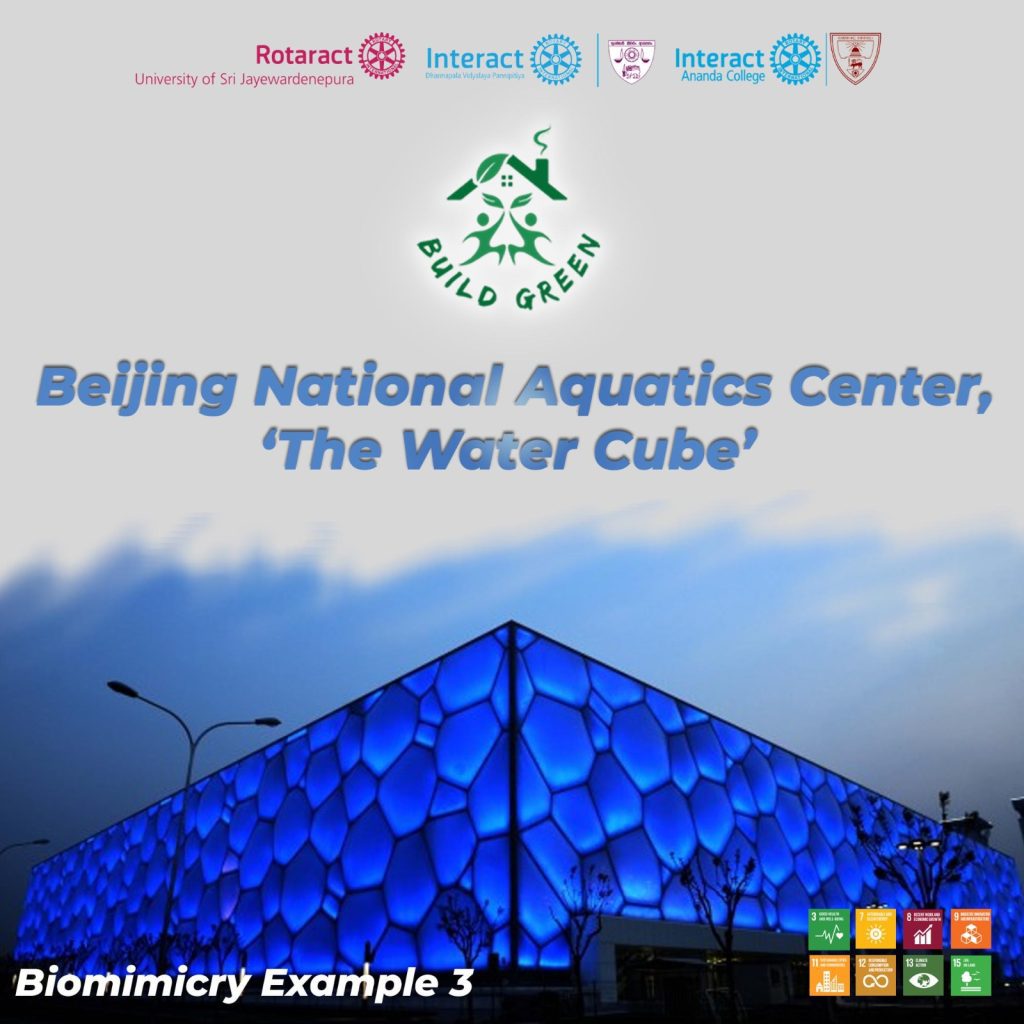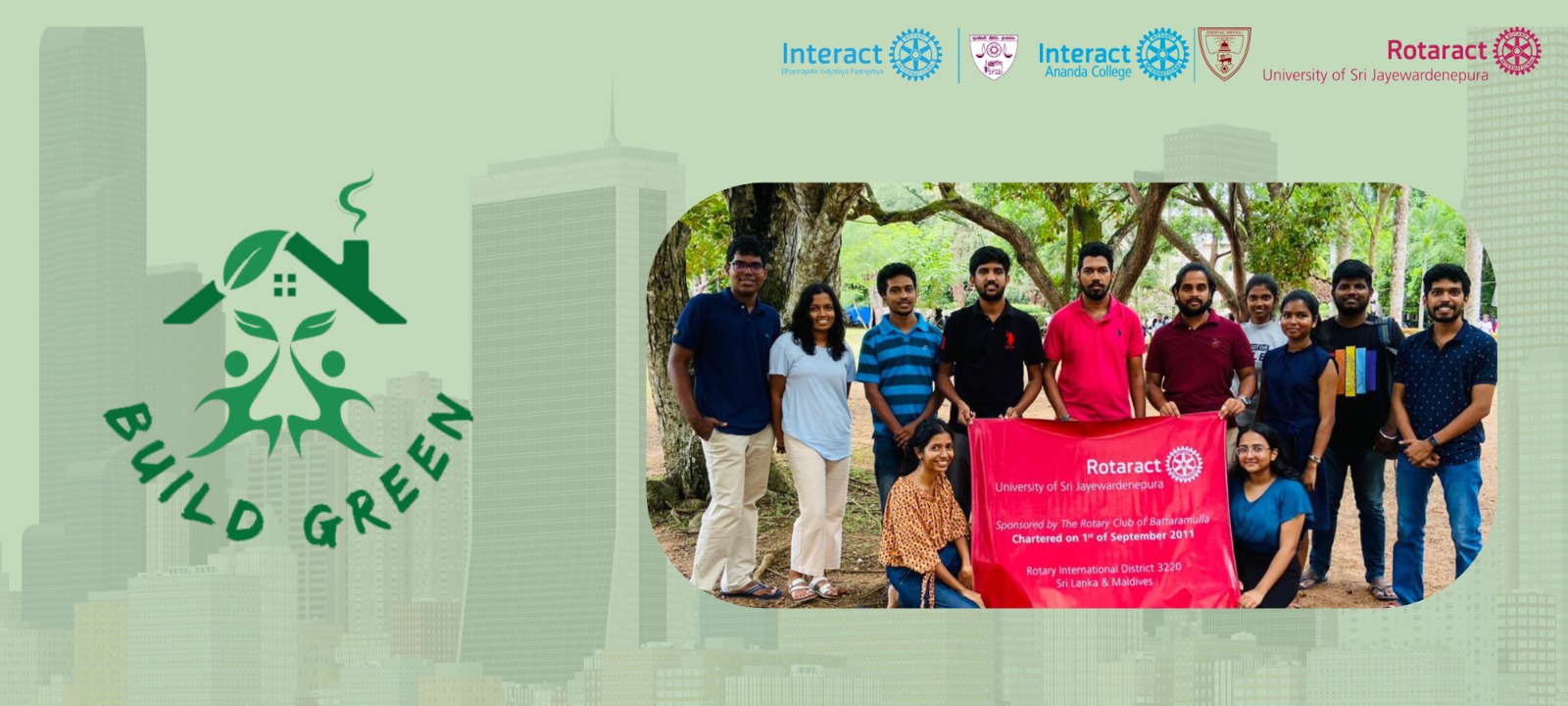The environment is significantly and broadly impacted by construction activity. Degradation of the environment is a result of the exploitation of raw materials, energy use, waste production, and habitat destruction. Deforestation and habitat destruction are common during the exploitation of commodities like lumber and minerals, which results in the loss of biodiversity. Significant amounts of energy, mostly from non-renewable sources, are used throughout the construction process, which adds to greenhouse gas emissions and climate change. Landfills get full of construction trash, which can contaminate soil and water sources and includes debris and packaging materials. Additionally, the quality of life for people and ecosystems is further impacted by noise pollution, visual disturbance, and urbanization brought on by buildings. Sustainable construction methods are essential to reducing these environmental effects.
Sustainability in construction is the process of planning, creating, and maintaining infrastructure in a way that reduces its adverse effects on the environment and supports long-term ecological balance. Throughout a project’s full lifecycle, it entails incorporating environmentally friendly materials, energy-efficient technologies, and sustainable construction practices.
To overcome these issues we should raise awareness about it. The ‘Build Green’ project is a novel initiative by the Environmental Service Avenue of the Rotaract Club of University of Sri Jayewardenepura together with the Interact Clubs of Ananda College and Dharmapala College Pannipitiya aiming to promote sustainable construction. The project was able to give different perspectives on green buildings, expose people to novel ways of transforming existing constructions into environmentally friendly ones and helped to plan future constructions to align with the green concept.

The first phase of the project was post series about sustainability in construction and the use of biomimicry concept in construction. Through this post series, we were able to raise awareness of what is biomimicry in construction and bring in real-life examples of biomimicry in construction such as the Bird’s Nest and the Water Cube.
As we identified the need of raising awareness and educating the public on the subject of sustainability in construction, and its impact on nature, as well as the necessity to protect the environment from these pollutions, we took action to publish an e-magazine named “Greeny_Con” ‘as part of the project’s second phase. The magazine was published in the Official Blog of the Rotaract Club of University of Sri Jayewardenepura. In the e-magazine, we published content under sustainable strategies, new technologies and real-life examples etc. This magazine dives deep into the realm of green building, showcasing groundbreaking advancements in renewable materials, energy-efficient designs, and innovative technologies that harmonize our planet.


As the final phase of the project, a workshop with a discussion about sustainability in construction was organized alongside a new idea pitching session for day-to-day problems we face due to bad construction.
We believe this project made a good impact on creating awareness of sustainable construction methods which are crucial for reducing negative environmental effects. These include using eco-friendly materials, energy-efficient designs, efficient construction methods, recycling and reuse of waste products, and proper environmental management strategies. Adherence to environmental rules, green building certifications, and the promotion of sustainable construction standards can also lessen the total environmental impact of construction.
Written by: Rtr. Prabashini Perera
Graphic design by: Rtr. Vidushi Pathirana



0 Comments